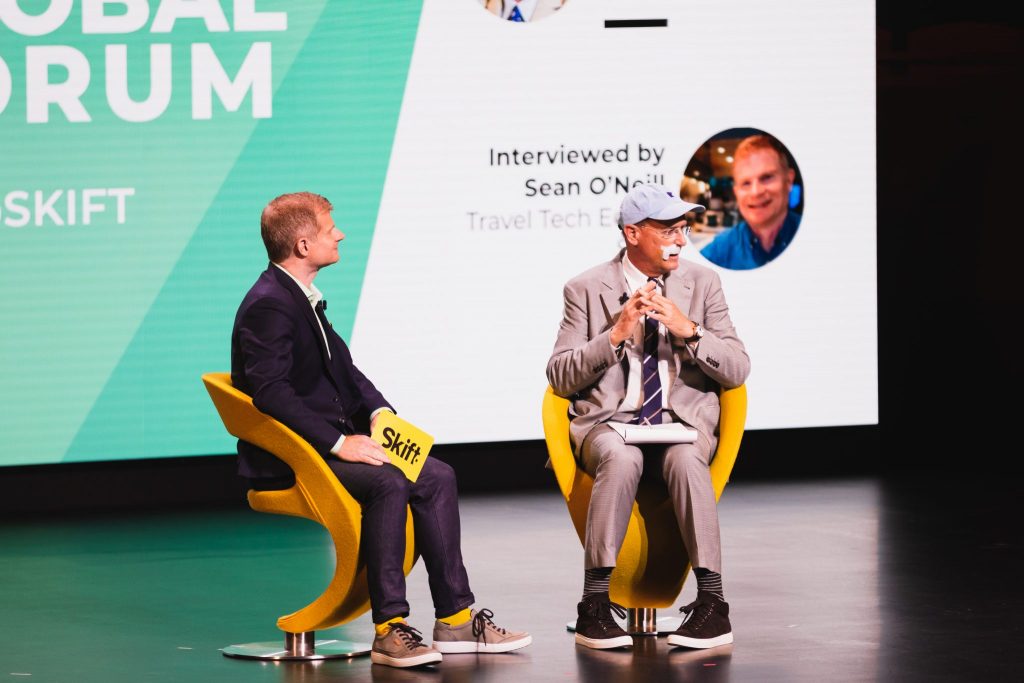Amtrak CEO Sees Short-Haul Flight Hassles as Fuel for the Railway's Turnaround

Skift Take
Amtrak's modernization effort is underway. If it remains nimble, it can take advantage of shifts in consumer behavior as car ownership declines and travelers look to avoid the headache of heading to the airport for a short flight.
After a long period of decline, Amtrak has turned around its financial prospects as consumers drive less and travel more.
The goal, however, is to completely modernize Amtrak's network as the U.S. begins to revitalize its dated infrastructure.
"If you think about how intercity travel works in Europe or Japan, we'll have to evolve to meet that model," said Richard Anderson, CEO of Amtrak, at Skift Global Forum 2019 in New York City today. "The densification in urban areas is going to dictate that Amtrak play an important road in short-haul transportation."
The former Delta Air Lines head h
